Mycorrhizal fungi, often unseen but critically important, play a significant role in the health and vitality of peony plants. These beneficial fungi form symbiotic relationships with peony roots, facilitating nutrient uptake, enhancing resilience to stress, and promoting overall plant health. While their presence may go unnoticed by gardeners, understanding the role of mycorrhizal fungi in peony health sheds light on the complex interactions occurring beneath the soil’s surface. In this guide, we’ll delve into the fascinating world of mycorrhizal fungi and explore their vital contributions to the well-being of peony plants.
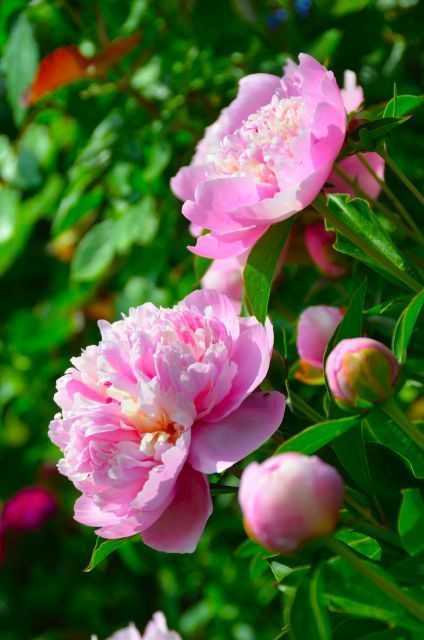

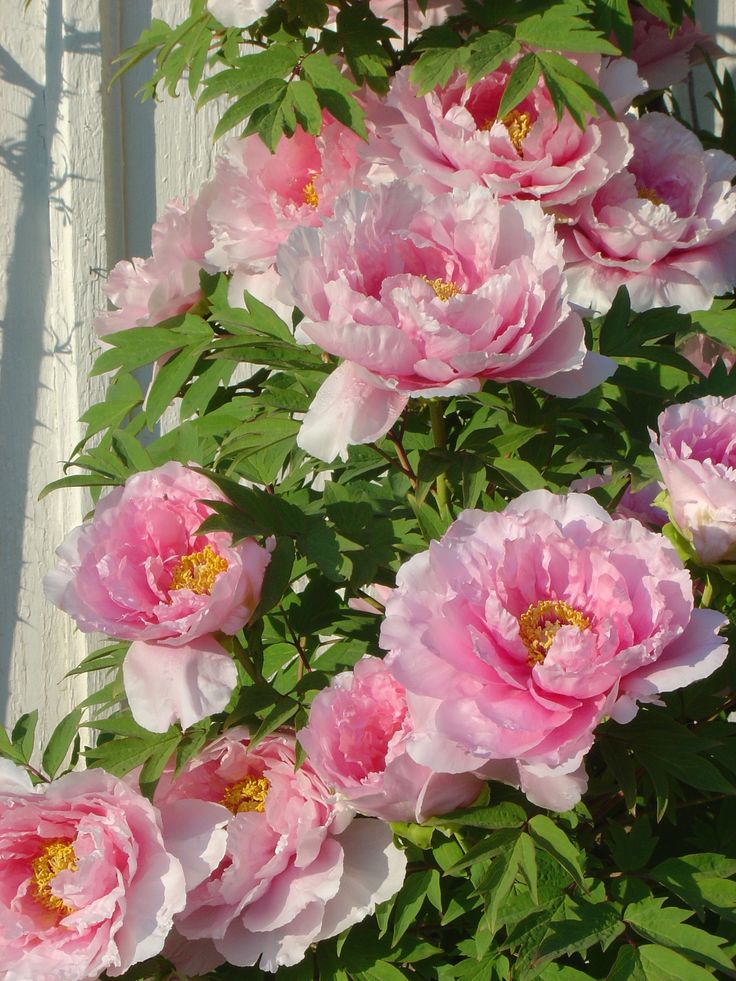
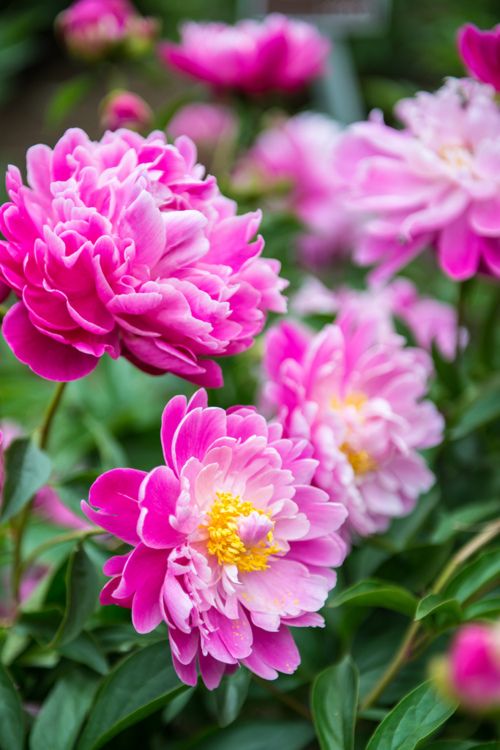
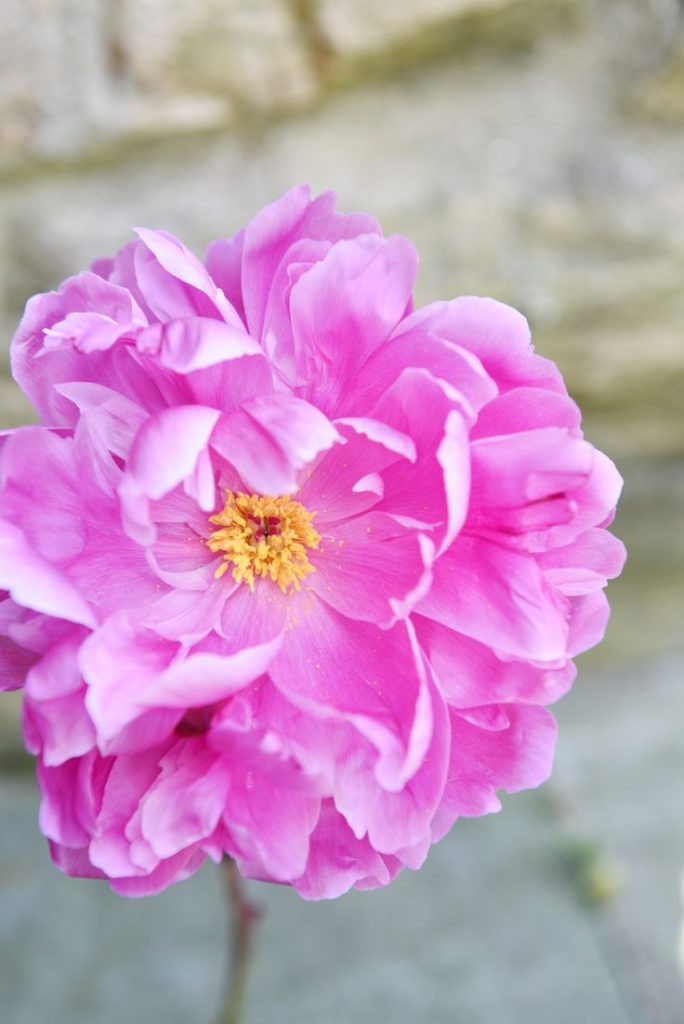
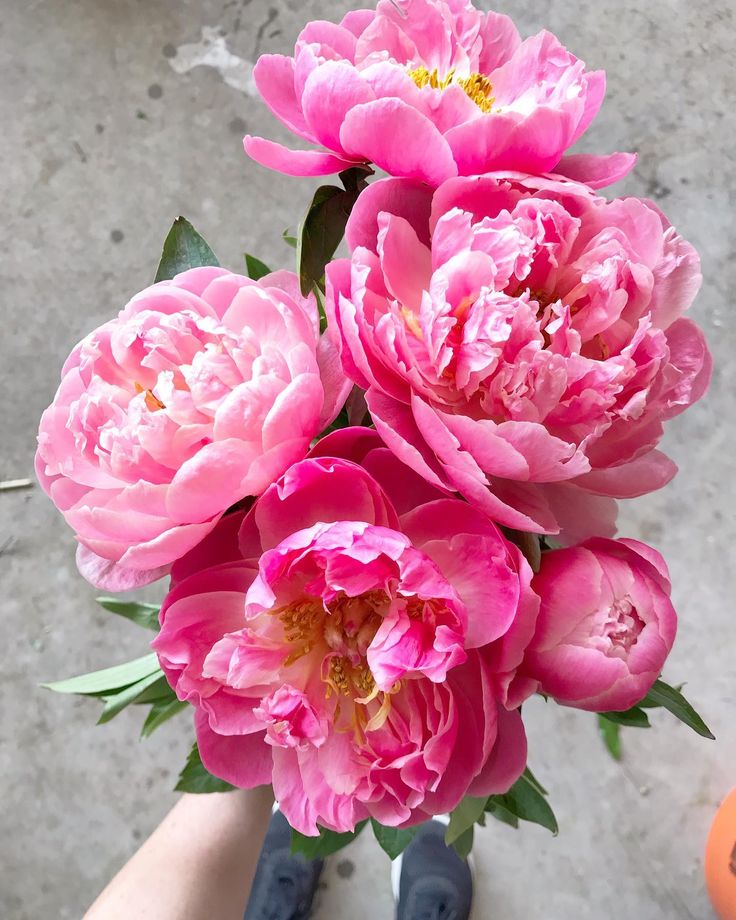

What are Mycorrhizal Fungi?
Mycorrhizal fungi are a diverse group of soil-dwelling fungi that form symbiotic associations with the roots of most plant species, including peonies. These fungi colonize the roots, forming intricate networks of hyphae (thread-like structures) that extend into the surrounding soil.
Benefits of Mycorrhizal Fungi for Peonies
1. Nutrient Uptake
- Mycorrhizal fungi enhance the nutrient-absorbing capacity of peony roots by extending their reach into the soil and accessing nutrients, such as phosphorus, nitrogen, and micronutrients, that may be otherwise inaccessible to the plant.
2. Water Absorption
- The extensive network of hyphae created by mycorrhizal fungi improves the water-absorbing efficiency of peony roots, helping plants withstand periods of drought and reducing water stress.
3. Disease Resistance
- Mycorrhizal fungi can stimulate the plant’s natural defense mechanisms, increasing resistance to soil-borne pathogens and diseases that may affect peony health.
4. Enhanced Growth and Development
- By promoting nutrient uptake, water absorption, and disease resistance, mycorrhizal fungi contribute to overall plant growth, vigor, and productivity, resulting in healthier and more robust peony plants.
Establishing Mycorrhizal Associations
1. Natural Colonization
- Mycorrhizal fungi typically colonize peony roots naturally in healthy soil environments, forming symbiotic associations that benefit both the fungi and the plant.
2. Supplemental Inoculation
- In some cases, gardeners may choose to supplementally inoculate peony roots with mycorrhizal fungi, particularly in soils with poor fertility or low fungal populations. Commercial inoculants are available for this purpose.
Maintaining Mycorrhizal Relationships
1. Minimize Soil Disturbance
- Avoid excessive tilling or soil disturbance, as these practices can disrupt mycorrhizal networks and compromise fungal colonization of peony roots.
2. Provide Organic Matter
- Incorporate organic matter, such as compost or leaf mulch, into the soil to support mycorrhizal fungal activity and provide a favorable environment for colonization.
3. Avoid Synthetic Fertilizers
- Limit the use of synthetic fertilizers high in phosphorus, as they can inhibit mycorrhizal colonization and reduce the plant’s reliance on fungal symbionts for nutrient uptake.
Conclusion
Mycorrhizal fungi play a crucial role in the health and vitality of peony plants, facilitating nutrient uptake, improving water absorption, enhancing disease resistance, and promoting overall growth and development. By fostering symbiotic relationships with these beneficial fungi and creating favorable soil conditions, gardeners can support the well-being of their peonies and unlock the hidden partnerships beneath the soil’s surface.